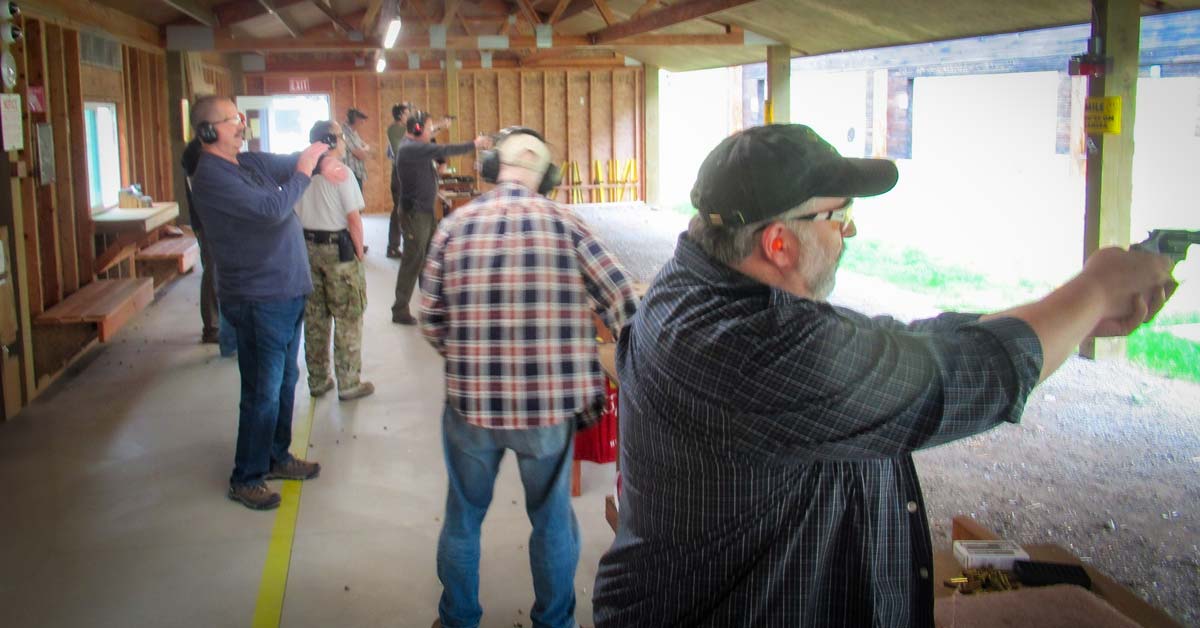For the past 90 years, Congress has willfully ignored the 2nd Amendment of the US Constitution and given federal agents authority to target and abuse citizens. The United States Supreme Court has failed to correct the usurpation of the people’s rights by the Legislative and Executive branches.
WASHINGTON DC – When Congress passed the National Firearms Act in 1934, it was touted as revenue-generating legislation. They used the Interstate Commerce Clause in the US Constitution to levy exorbitant taxes on a handful of firearms. This act required a select number of firearms to be registered and taxed if the owner wanted to take it out of their state of residence. It also assessed a tax on a muffler used to reduce the sound of a fired gun (now known as a silencer). Americans who already owned these products were considered guilty of a felony if they took their firearm across state lines without retroactively registering it and paying the $200 tax. To put the $200 tax into perspective, many firearms regulated by NFA could be purchased for $25 and submachine guns could be ordered through a catalog for $125, while silencers were sold for around $3 a piece. To maintain legal status, this $200 tax was applied each time the firearm was transferred between citizens.
It is not surprising that Americans refused to pay the $200 tax on any of these products, especially a common $3 item. As reported in the New York Times, the Treasury Department did not record a single tax-paid registration in 1934, and only one was recorded in 1935. So much for generating revenue. NFA was, in fact, more inline with President Franklin Deleno Roosevelt’s massive expansion of federal power, allowing the government to fingerprint and investigate citizens and create a registry of who owned what firearms. Prior to 1934, there were no federal regulations on any firearms, although many states had enacted unconstitutional measures to control who had access to firearms and ammunition. This was especially prevalent in states that wanted to limit the constitutional rights of emancipated slaves and newly minted naturalized citizens.
To make matters worse, the Gun Control Act of 1968 amended NFA to include excessive infringements on citizens’ rights to purchase and own nearly all types of firearms. It also made it virtually impossible for millions of Americans to actually comply with the law, leaving them with the choice between non-compliance on the hope that they wouldn’t be prosecuted or voluntary confiscation without compensation.
This was represented in a hypothetical scenario set in 1974 in John Ross’ Unintended Consequences. “A coal company heir owns a consecutive numbered pair of Model 1921 Thompson guns, serial numbers 1410 and 1411, which have been in his family in the same location since the mid-1920s. In 1965, thinking he might someday want to take one of the guns outside the state, he pays $200 and registers one of them under NFA 1934. Just to be safe, he removes the bolt from the other, rendering it inoperable. Prior to GCA 1968, he was in complete compliance with the law. Today, the taxed gun is completely transferable to other citizens, and the gun can change hands an indefinite number of times, providing the police and FBI checks are performed and $200 is paid to the Treasury for a tax stamp each time the weapon is transferred. Ownership of the non-taxed gun (the one with the bolt removed) is a felony, and there is no provision in the law to allow the owner to place this weapon on the NFA registry. He can offer to pay two million dollars instead of the two hundred, and he will still be denied registration. Under present interpretations of the 1968 amendments, the 1921 Thompson without the bolt is contraband and it must be surrendered to BATF without any compensation. A Model 1921 Thompson is worth between $1500 and $2000 at time of this writing if it is transferable.”
In real life, NFA and the subsequent amendment by GCA, gave sweeping authority to federal agents who have used it against regular, everyday citizens. In 1992, federal agents dressed in ghillie suits, snuck onto private property, and ultimately shot and killed two American citizens, and seriously wounded a third. The crime? A decorated American veteran, devoted husband, and hard-working father of four was accused of modifying a NFA-regulated shotgun to under the legally permissible length. The tragedy we know as Ruby Ridge was set in place by a 1934 law that targeted inanimate objects for taxation and created felons out of regular American citizens. An honest news media should be reporting the myriad abuses against citizens under NFA and GSA. Citizens who are well-informed are less likely to tolerate a corrupt and authoritarian government. President Donald J. Trump appears to understand this reality better than most, and he regularly calls the corporate news media “the enemy of the American people.”
Editor’s note: A recent example of the ever-changing regulation on firearms by the Bureau of Alcohol, Tobacco, Firearms and Explosives (ATF) thanks to the fallout from 1934 NFA can be read here. There are countless other examples over the last 90 years.








